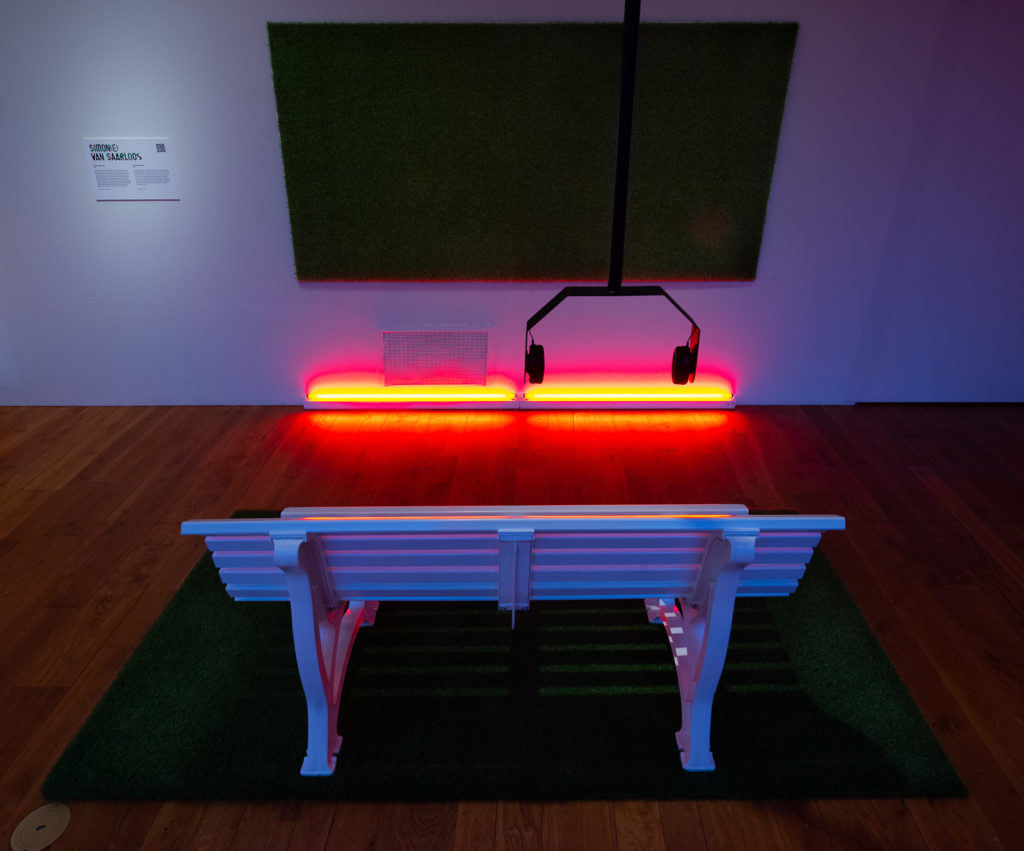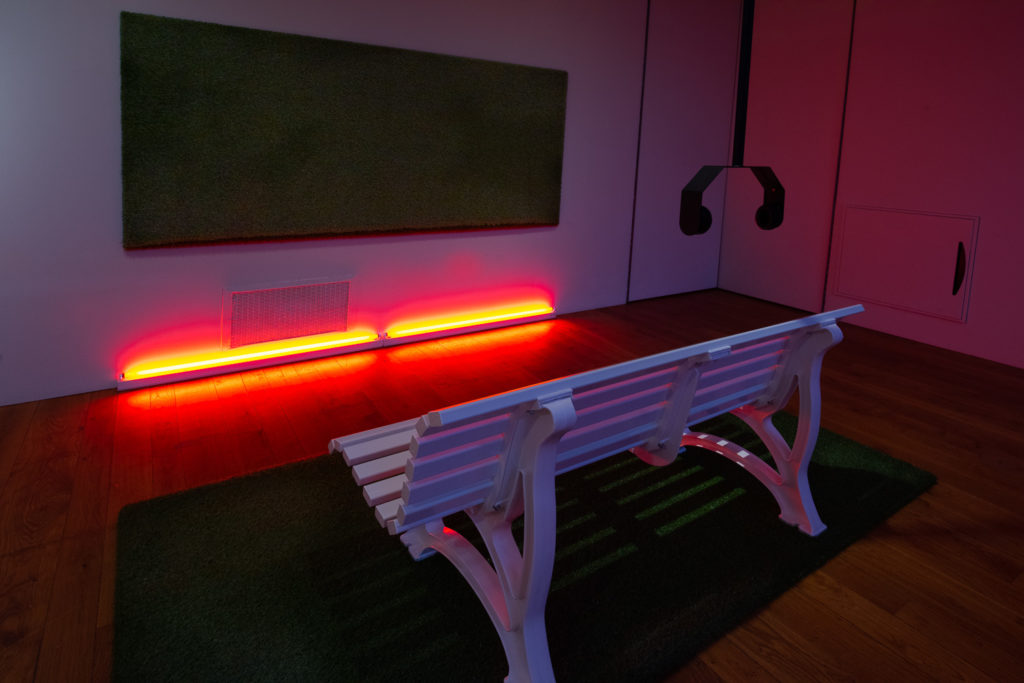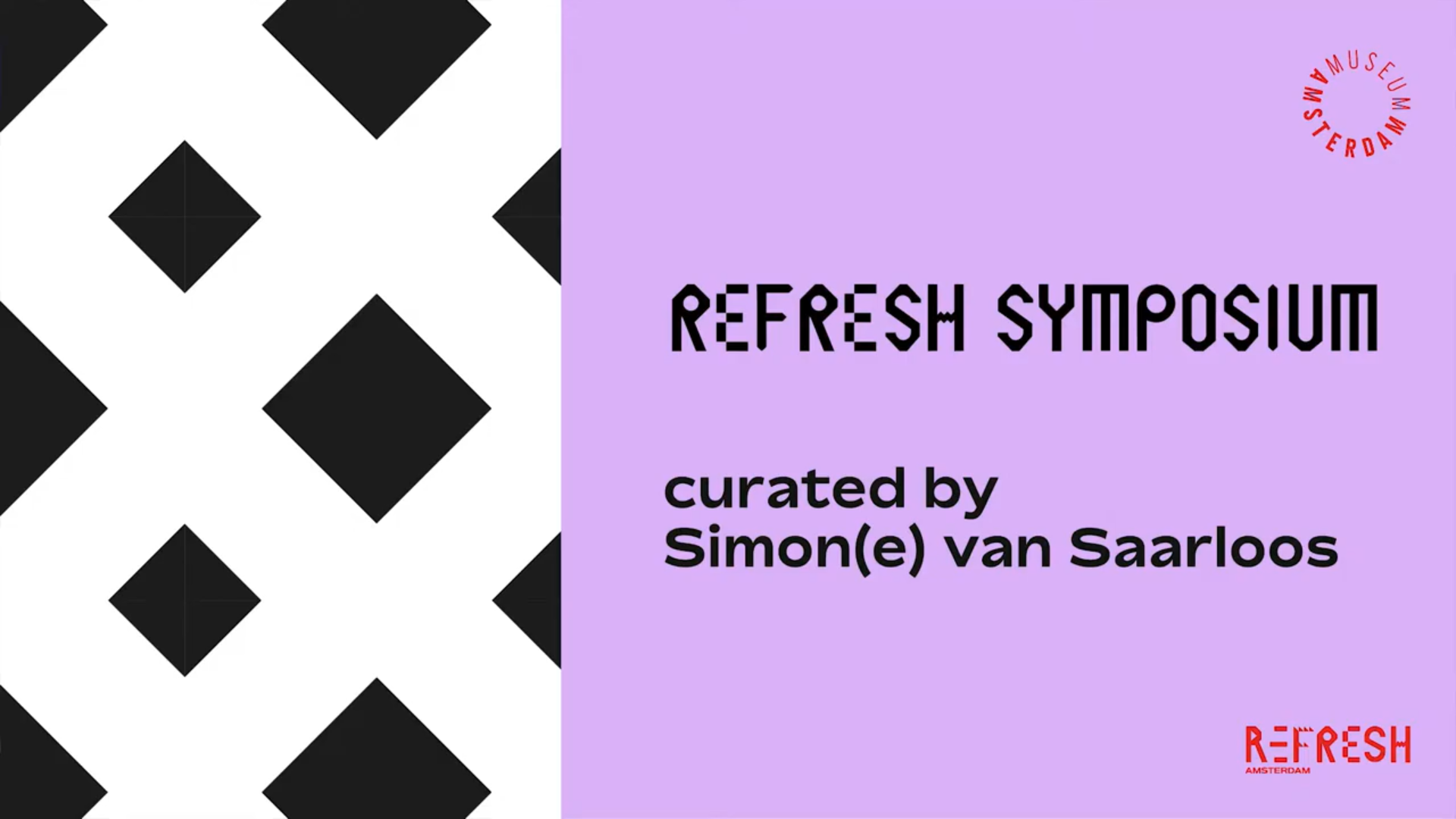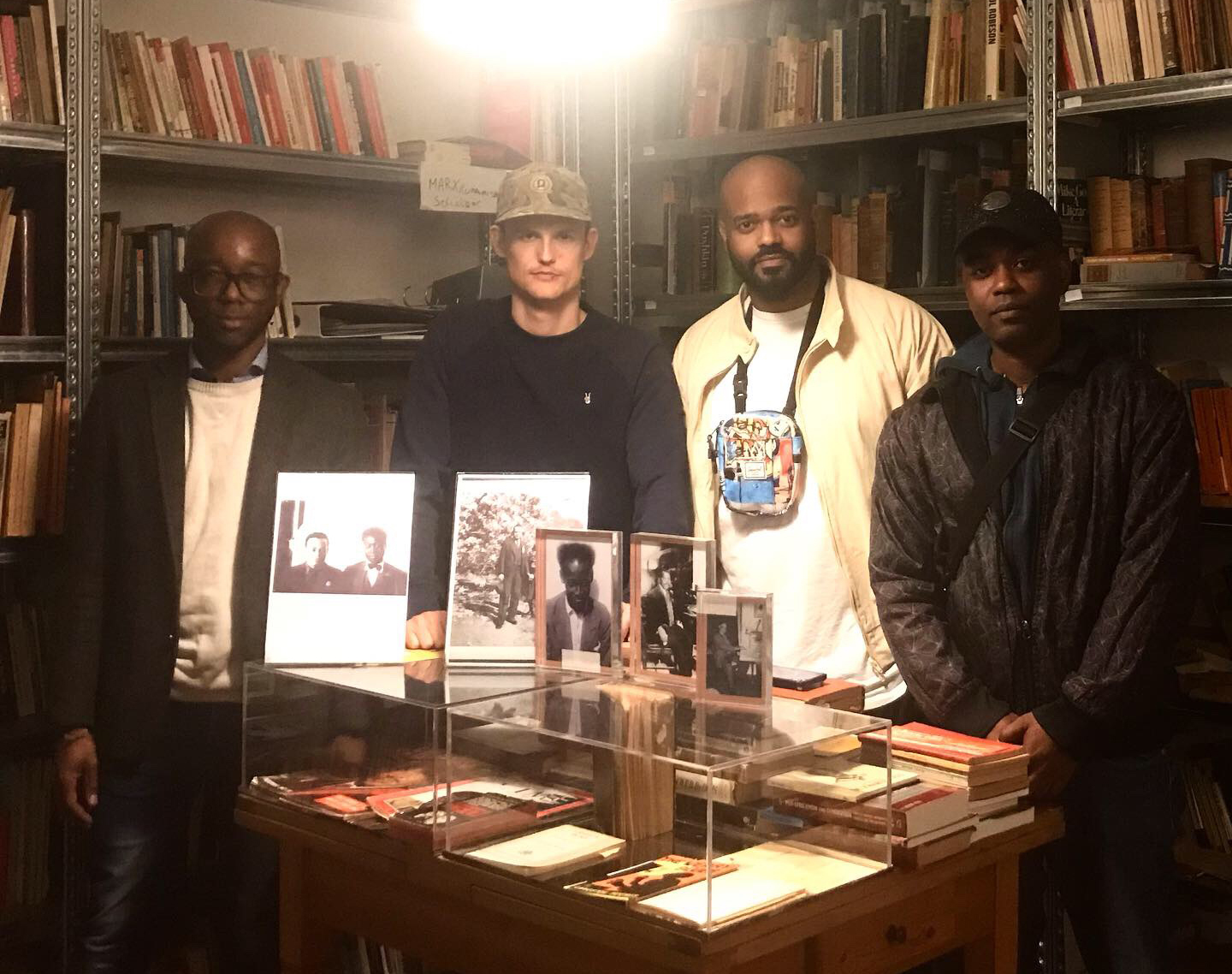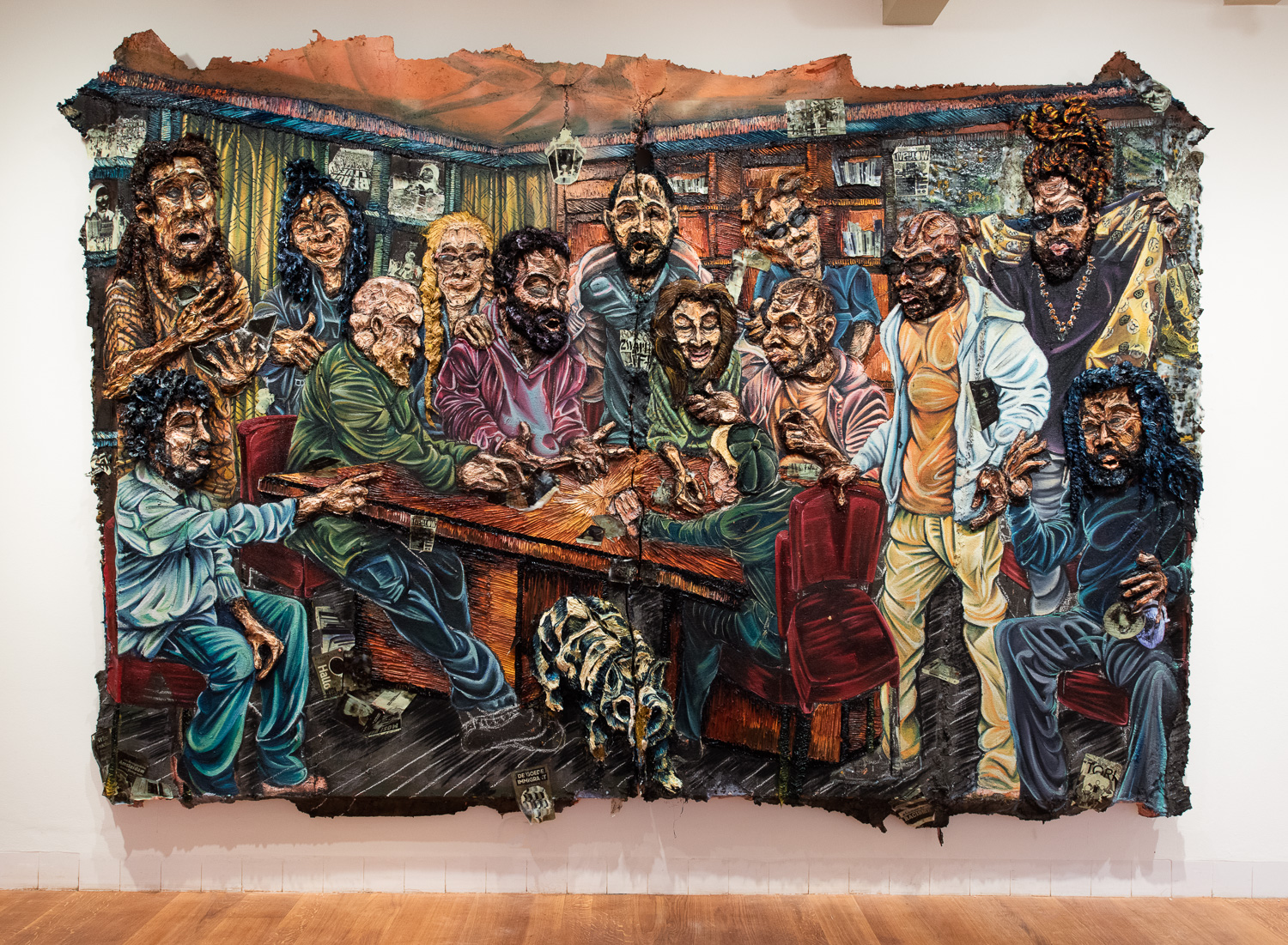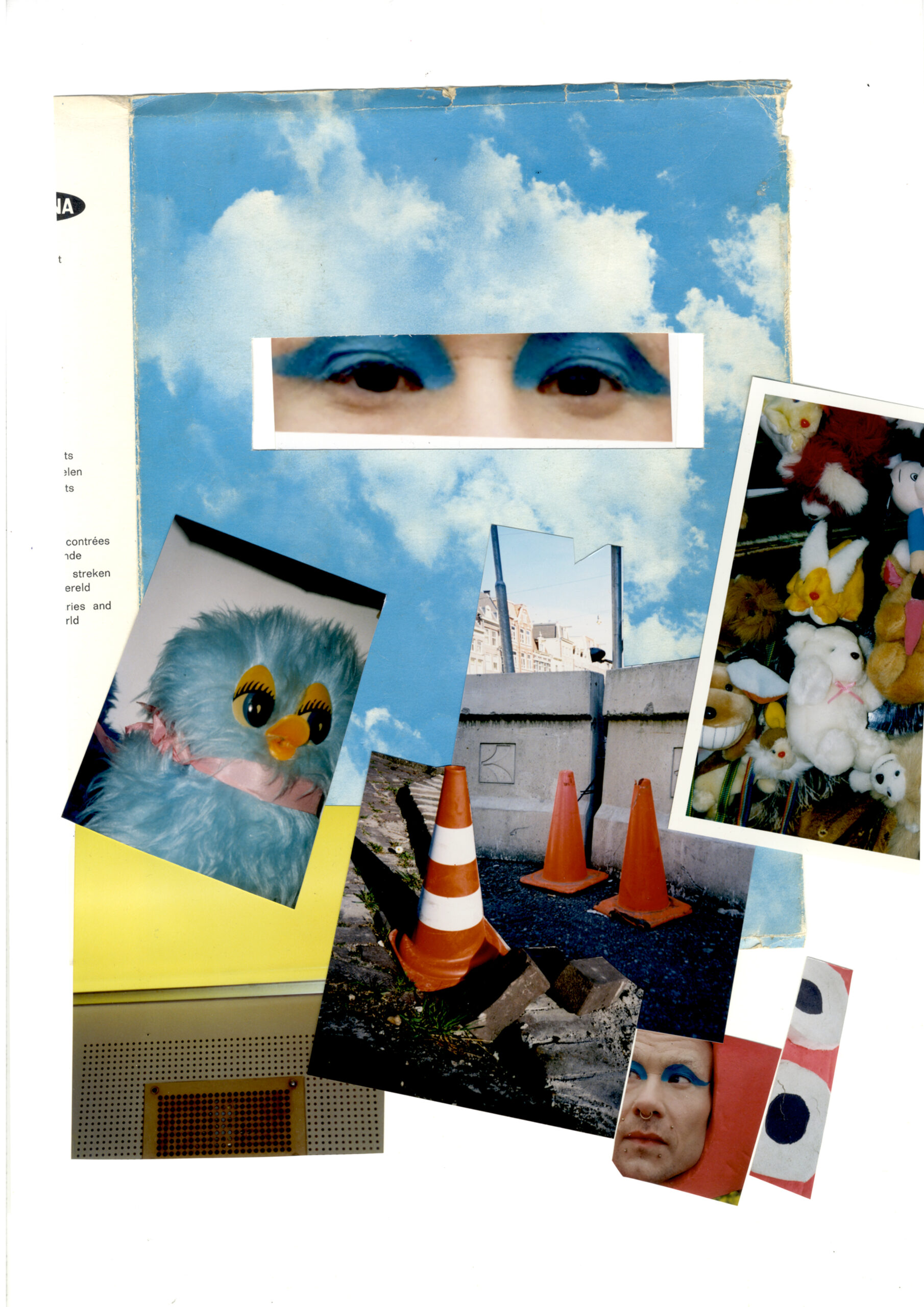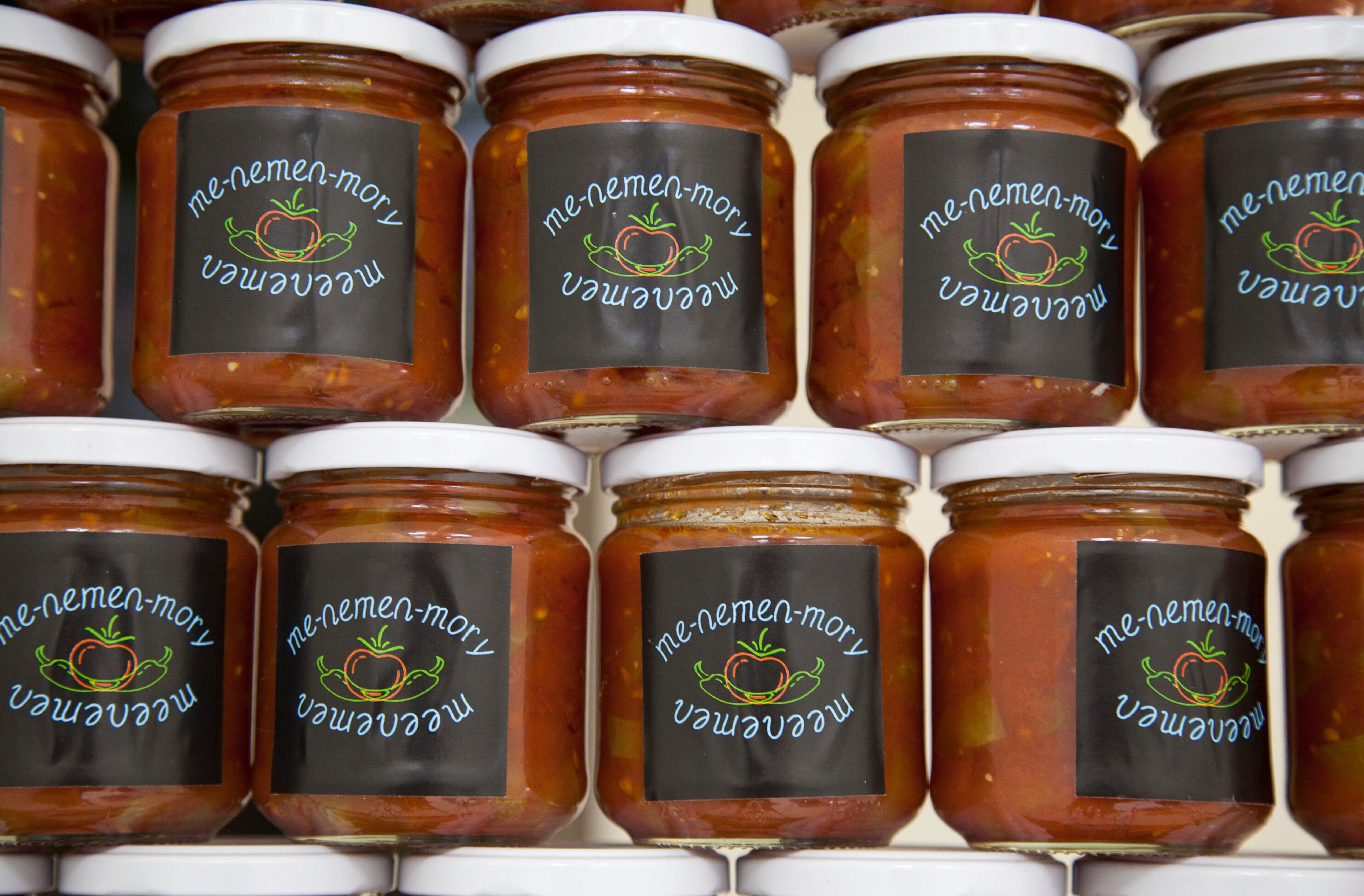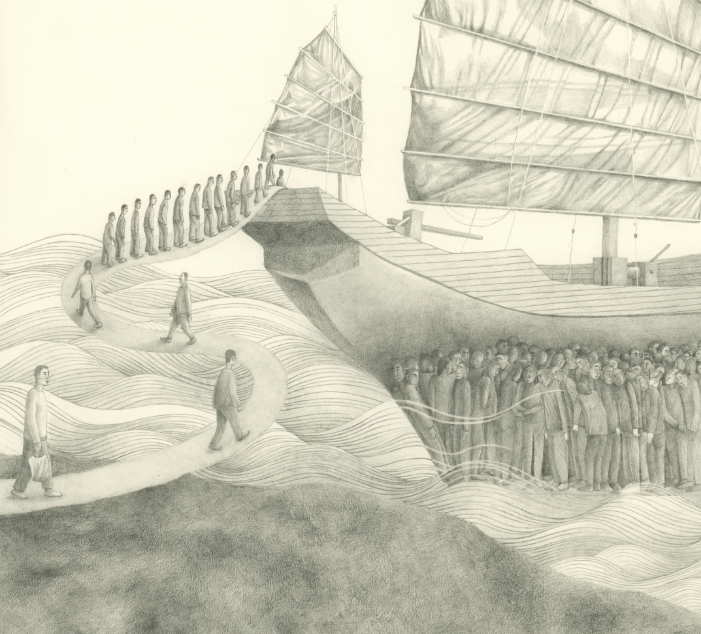Simon(e) van Saarloos
‘I’m physically uncomfortable in this city because police officers aim to keep me safe by marking other people as a potential threat or hazard. I’m physically uncomfortable because safety and efficiency are completely intertwined, motivating the infrastructure of the city—excluding those who are on crip time. I’m uncomfortable because this city is smooth; disturbances and disruptions are quickly institutionalised. I’m physically uncomfortable because everything once wilfully erased is later celebrated to ‘come out of the closet’, welcomed to be visible but only in the gaze of a single-issue, authoritative surveillance eye.’
Cruising Gezi Park (2020)
Sexuality and urban intimacy have deep ties to activism and resistance. In order for a protest movement to grow, sex is often kept out of the narrative. Respectability politics take over. Sex and sex work require illegibility to survive and prevent policing. Safety is not provided by depending on the state or institutional powers; safety is mainly intramurally negotiated. Therefore, the way LGBTQI+ bodies inhabit and shape public space is easily forgotten. Most histories are not documented through text or legislation; they depend on intergenerational intimacies and informal storytelling.
In 2013 the visible presence of LGBTQI+ communities at the protests in Gezi Park, Istanbul, was internationally celebrated as a sign of emancipatory potential. The Turkish government’s proposal to build a shopping mall was not just a sign of capitalism and gentrification, it was also an attempt to erase gay expressions from the city centre, argues Emrah Yıldız in his text ‘Cruising Politics: Sexuality, Solidarity and Modularity after Gezi’ (2014). Gezi Park was locally known as an area where LGBTQI+ could meet, roam, and cruise. It made sense that LGBTQI+ communities were among the first to arrive, occupy, and protect this public space against commercial development.
For Refresh Amsterdam, Simon(e) van Saarloos presents Cruising Gezi Park, an installation that refers to both Gezi Park in Istanbul and Oosterpark in Amsterdam, examining concepts such as queer cruising, visibility, safety and the regulation of public space. Van Saarloos travels back and forth between the two cities, and invites Kübra Uzun, a DJ and activist who was involved in the 2013 protests in Gezi Park, to share her memories of a park that once felt queer.
Kübra Uzun and Simon(e) van Saarloos take a nightly walk around the park, nowadays surrounded by police. Uzun shares her teenage memories, cruising after school hours. Uzun’s stories are both nostalgic and full of present-day fire: gay and queer sex is still happening, resistance is still happening, people are still gathering. But the public toilets are monitored by cameras and the few standing trees are not enough to create dark spots—big lights illuminate all corners of the park.
Instead of listening to Uzun’s story at length, visitors might pass by the work more quickly, briefly noticing a sound recording of a sunny afternoon in Oosterpark, Amsterdam. In 2017, Jan Majdanski was robbed and murdered while visiting a cruising spot in the city’s park. The police of Amsterdam responded by proposing extra lights at night. The lights were seen as a safety measure, but light is also often employed as a surveillance tool. Whose ideas of safety and pleasure rule the city?
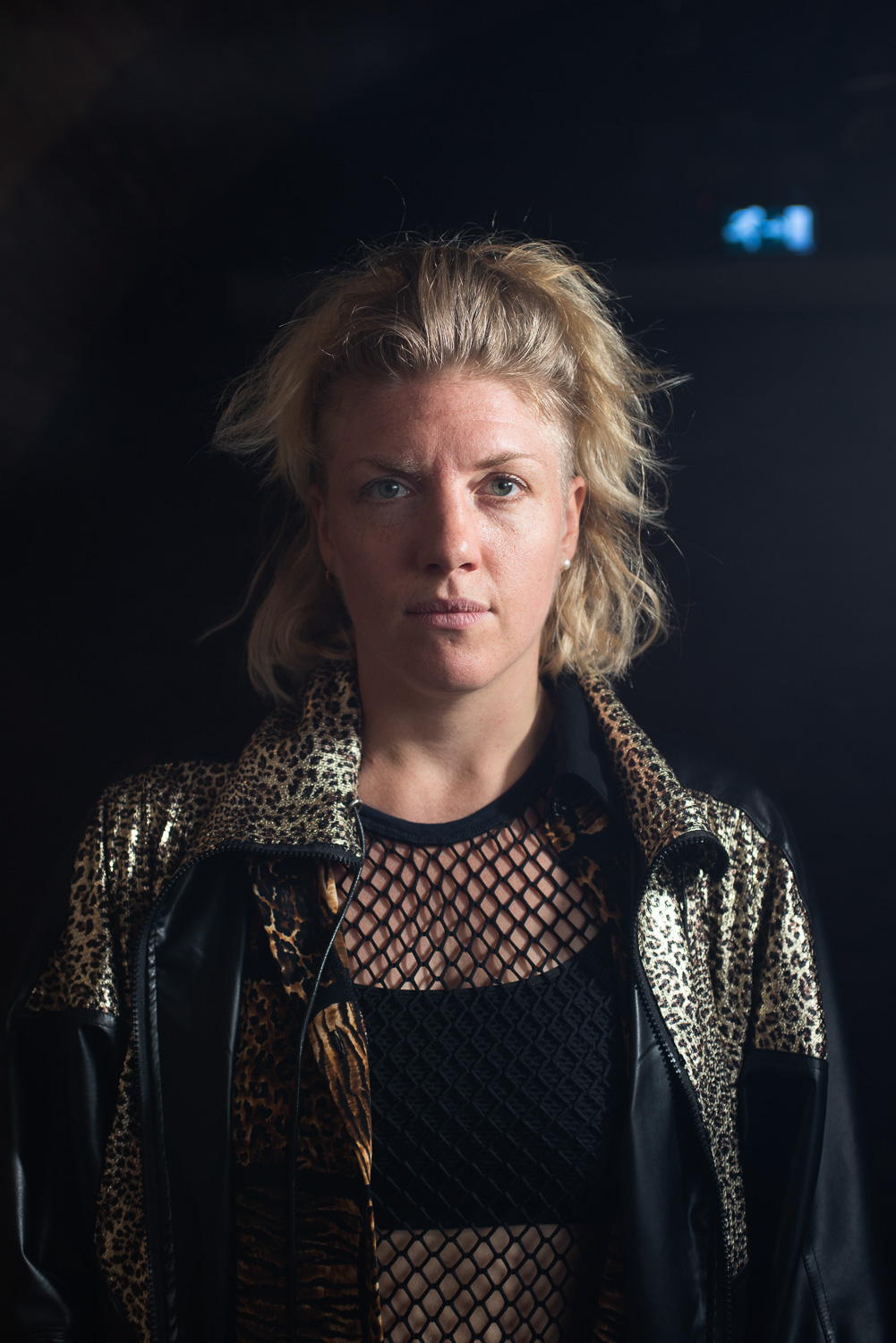
Simon(e) van Saarloos
Simon(e) van Saarloos (Summit, New Jersey, USA, 1990) is a writer and philosopher based in Amsterdam. Van Saarloos has published several books, including a novel and a collection of columns, exploring social structures and socio-political issues from a queer and feminist perspective, such as the recent essay ‘Herdenken herdacht’ (2019). Van Saarloos curates collaborations between artists, activists and scholars, and regularly makes appearances as a lecturer, interviewer and performer.
Here you can listen to the audio
Photo credit: Kübra Uzun
Sound support: G. Qoutainy



